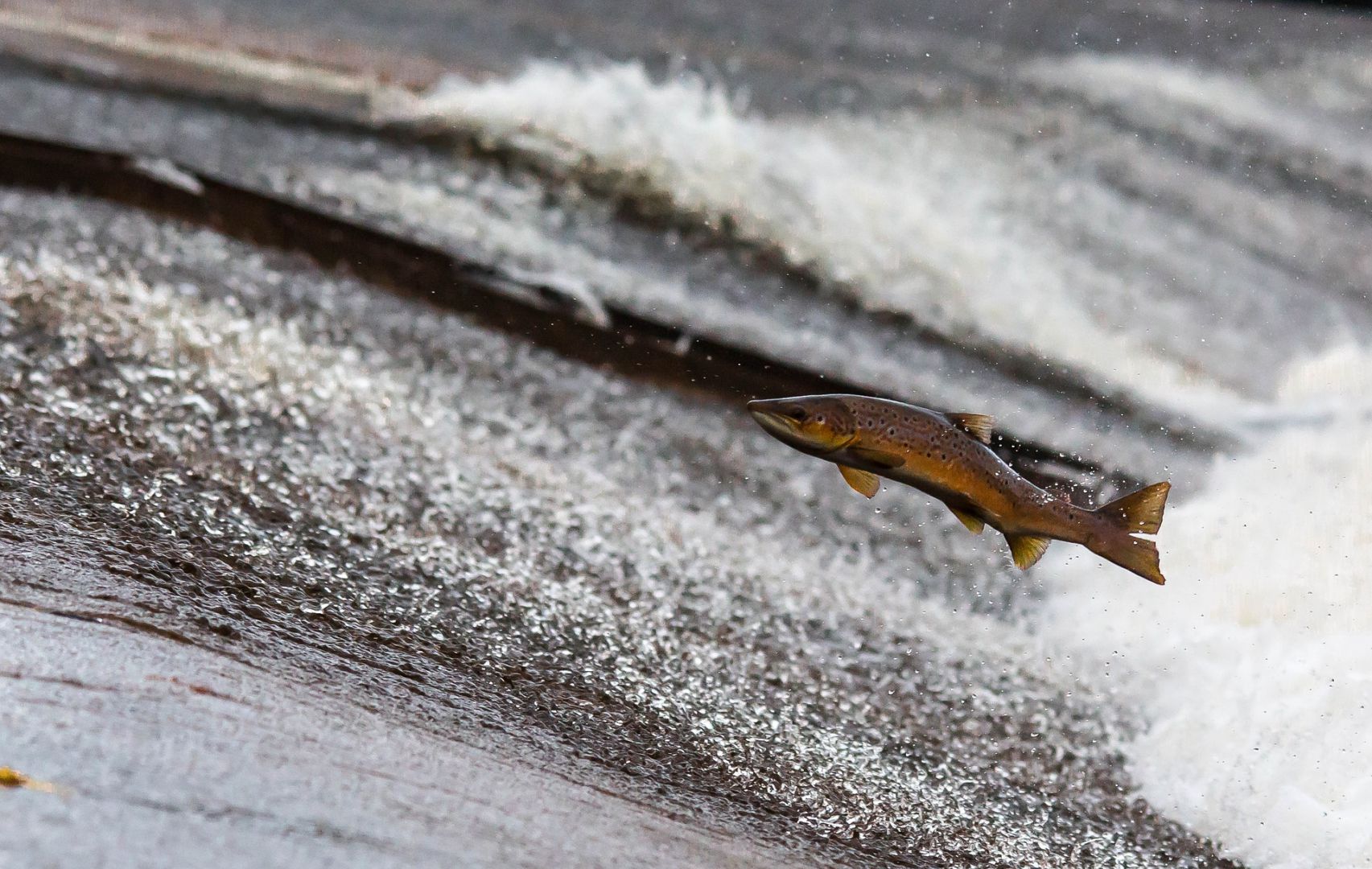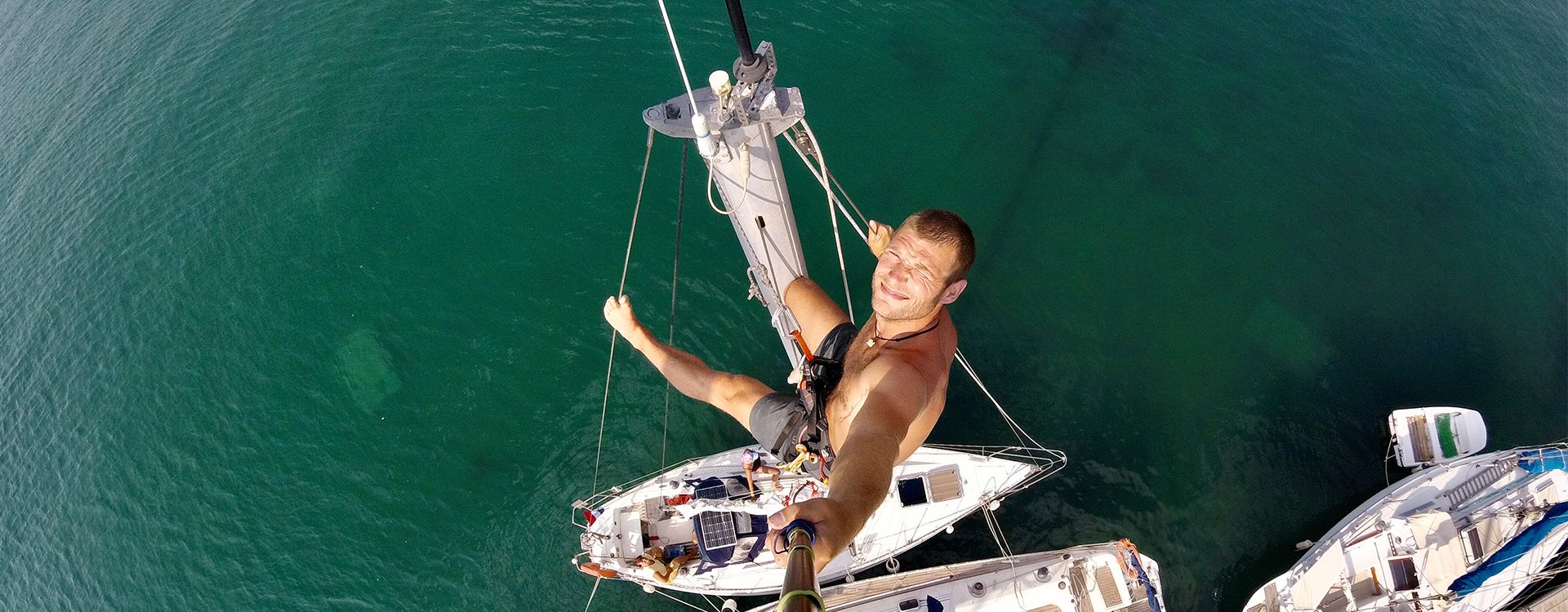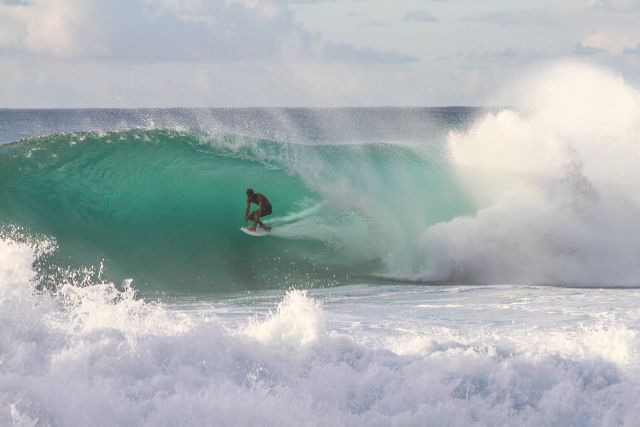A Beginners Guide to Catching Salmon

Unlike trout or bass, salmon come to the river to spawn not to eat. For this reason, wild salmon fishing involves more guesswork and offers less certain results. Salmon are versatile creatures and live in saltwater and freshwater alike, heading out to the ocean as they mature before they return to the place of their birth to breed. Getting a salmon to go for the fly is not easy, and why they bother remains elusive. Fishermen have puzzled for hundreds of years about the most effective way to catch salmon. Far from offering an exhaustive list of how to catch a salmon, herein lies the baby steps necessary to take in order to catch one.
1. Get a Permit
Alongside your fishing license, you will most likely need a permit to fish for salmon. As a limited national resource, salmon numbers are protected and paying for a permit ultimately contributes to salmon conservation, making the pastime sustainable. Unless your tour company specifically pays for the permit, you will need to get it yourself. Don’t get caught out as you may face a substantial fine.
2. Location, Location, Location
Salmon are not found everywhere, and the first thing to consider is where the best place is to go to offer you the best chance of a catch. Alaska is the obvious choice, and if you can plan a trip up there, you are sure to find salmon and will inevitably meet other fishermen who are looking for the same catch. Pick your Alaska Fishing Lodge wisely, and consider booking a trip through a reputable company like Alaska Sportfishing Expeditions.
3. Get to Grips with The Conditions
Being able to read the water, and thus predict where the salmon will be, is something that you learn over time. If the water is cloudy or colored, you will need a sink tip; if it is up high, you will use a large fly. If the salmon are in low water, you will need a small fly and vice versa. Read up on the optimal conditions for finding salmon, and be prepared to use a variety of tactics.
4. Forget Blunt Hooks
Salmon are strong fish with very solid jaws; therefore, a blunt hook will definitely not set right, and you will lose your catch. Invest in new, sharp hooks, especially for the salmon hunt, and if you become a regular enthusiast, investigate ways to keep your hooks nice and spiky. It could be the difference between a decent haul and catching nothing at all.
5. Consider Drift Fishing
Salmon are smart, and are not easily duped into snatching the bait put right in front of them. If you cast your line upstream some way from your target prey, they are more likely to bite. Learning to drift fish is something that comes with practice, so don’t be disheartened if you are not a master at once. Whatever you do, remember to dampen your lines as salmon startle very easily. At the slightest sparkle, your perfectly set up catch could disappear in a hurry.








